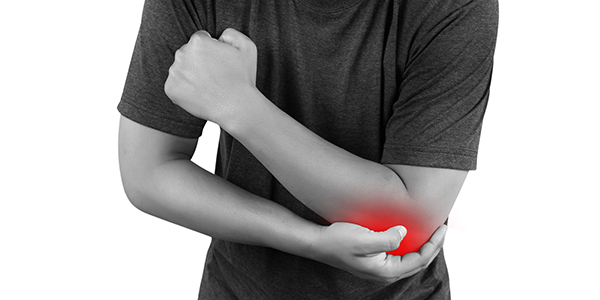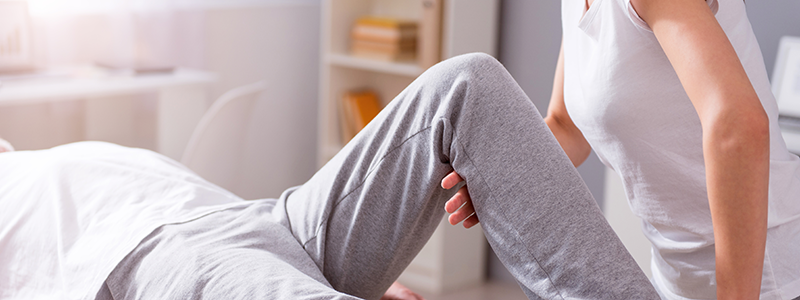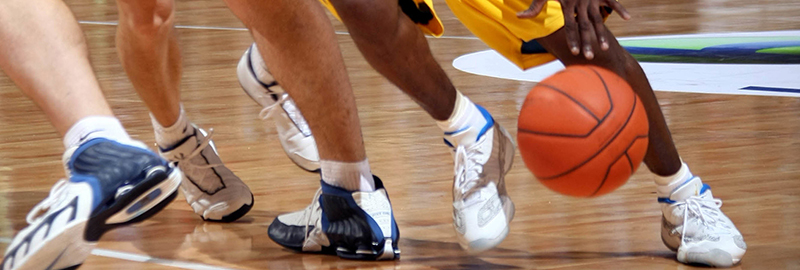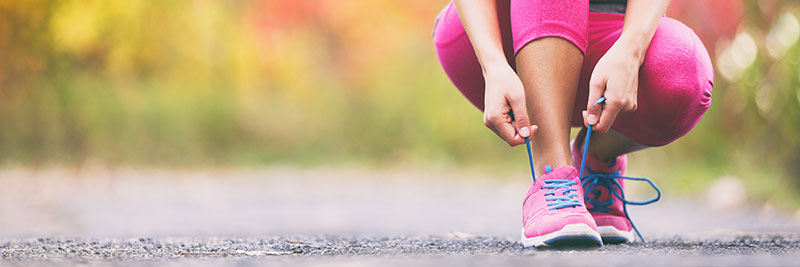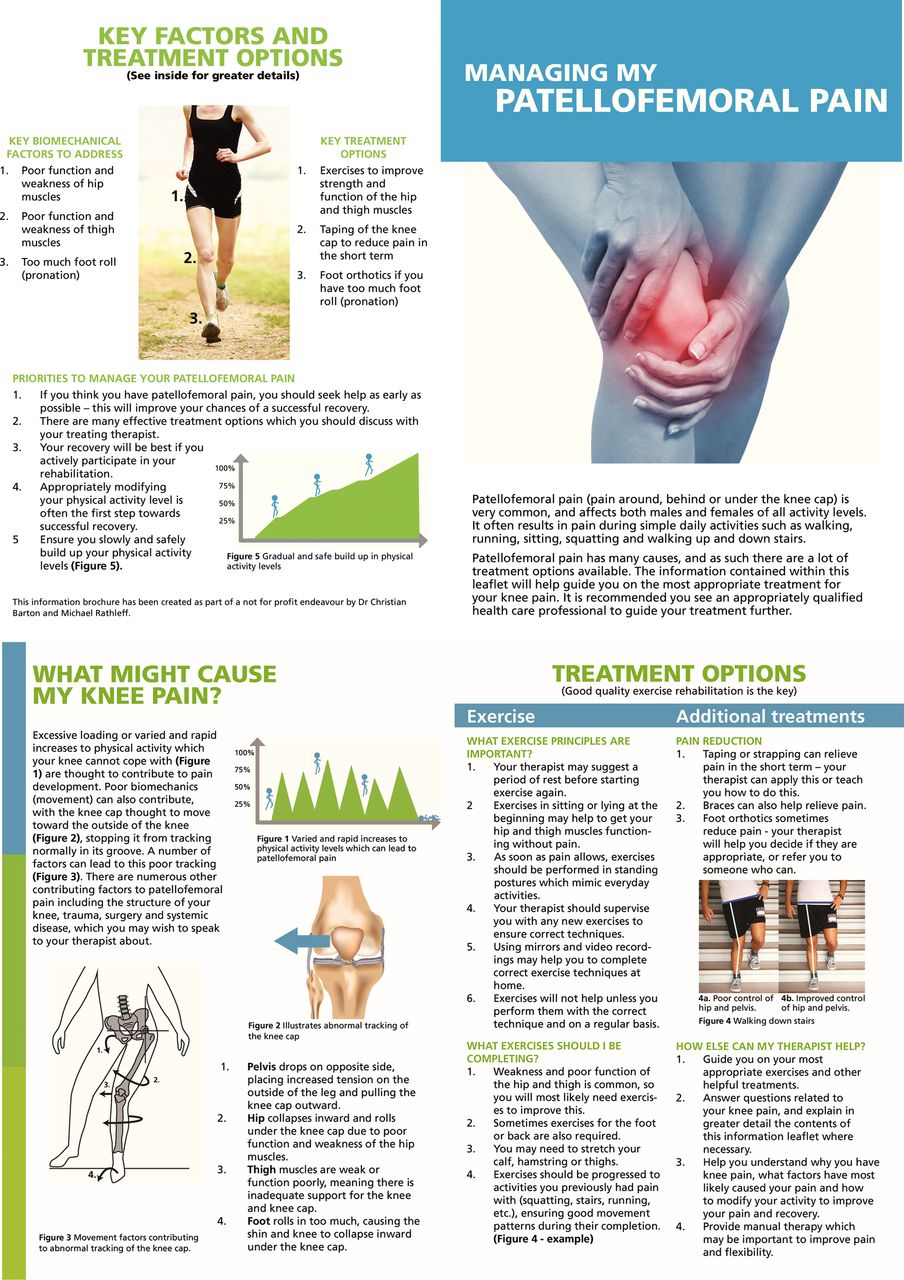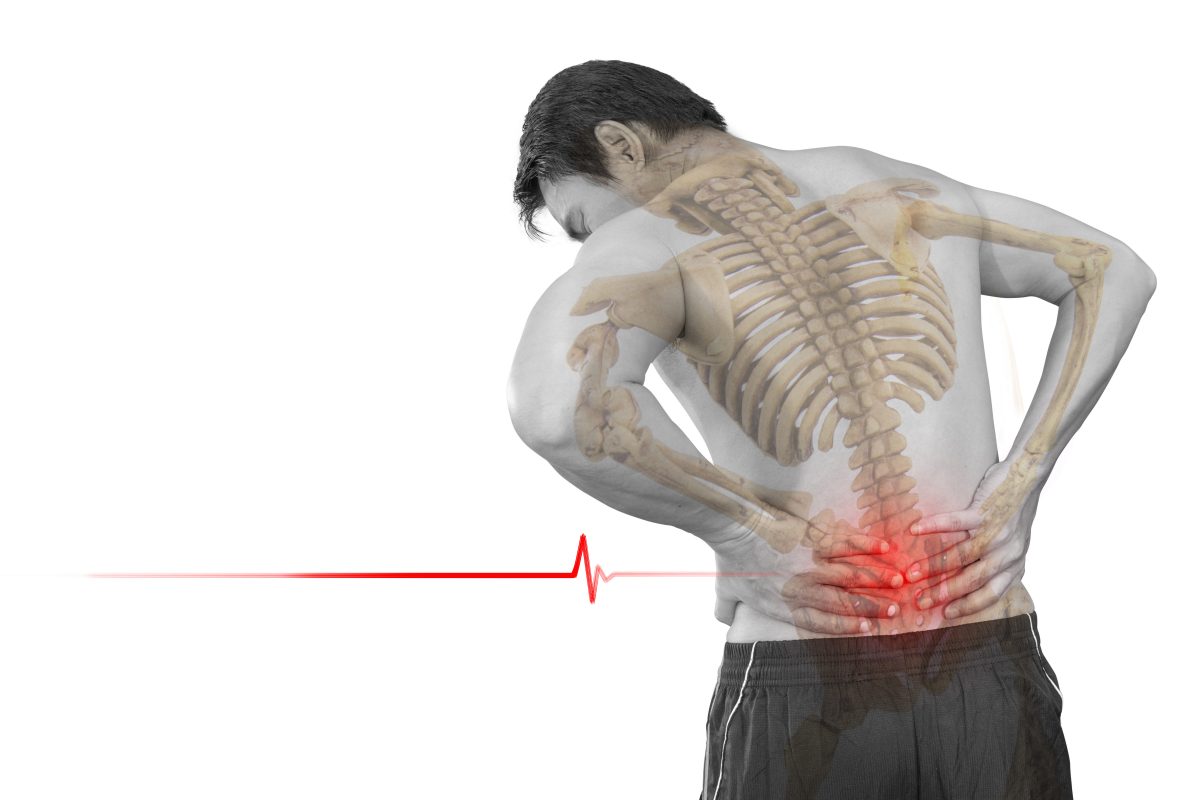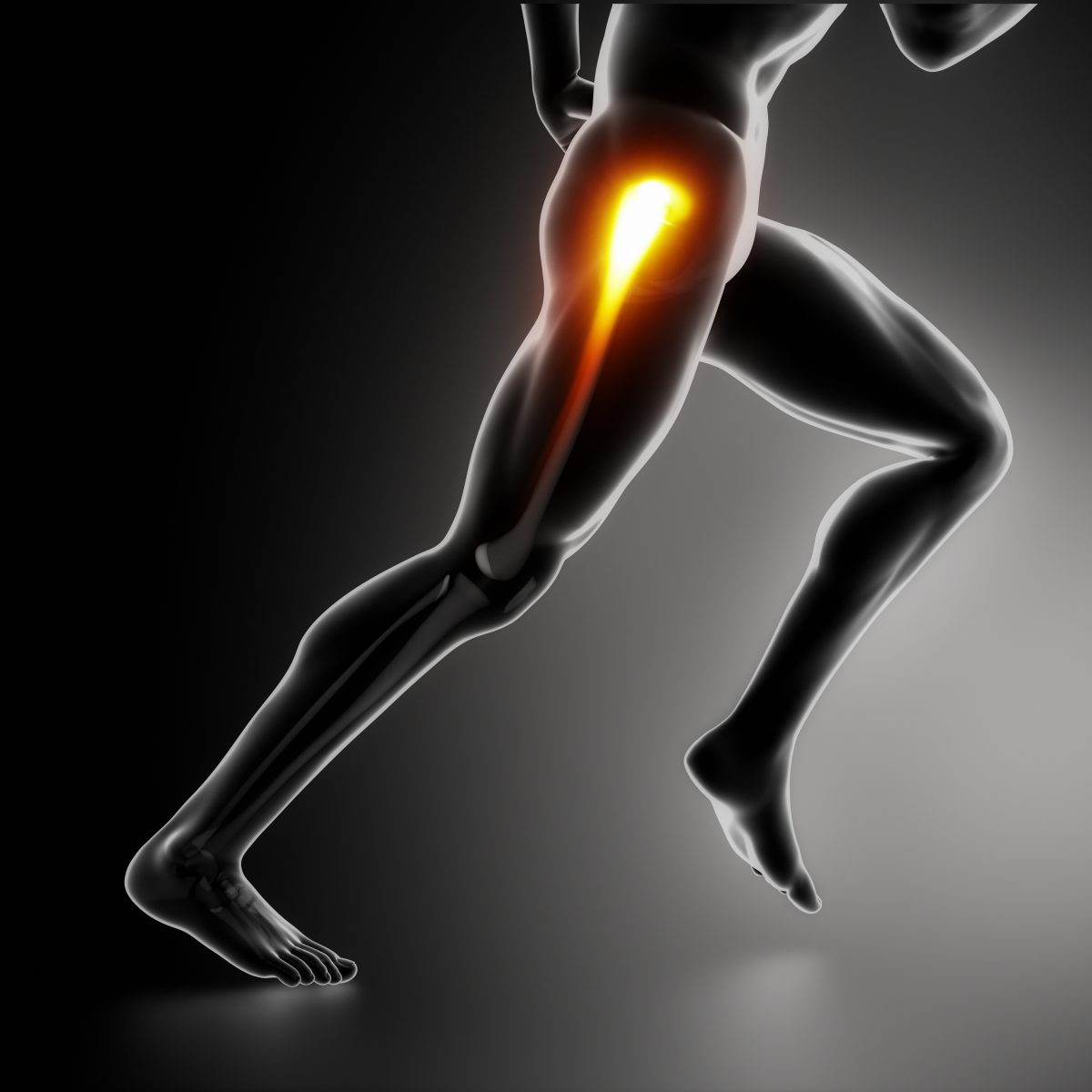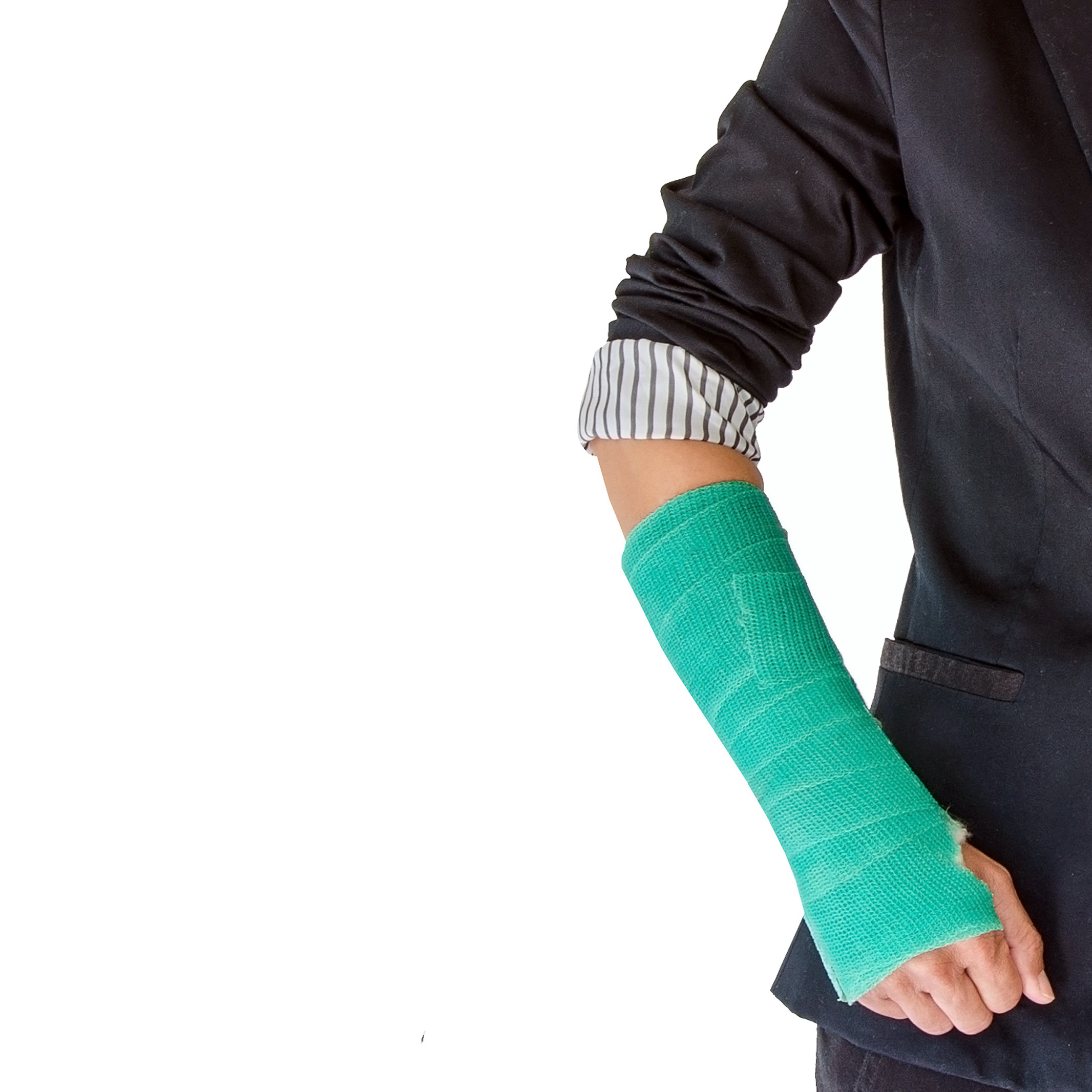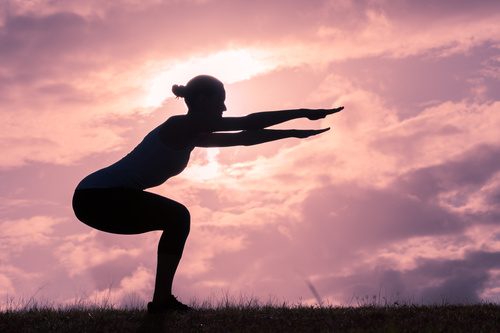If you’ve ever had pain on the outside of your elbow with gripping objects or lifting, you’ll understand just how annoying it can be not to be able to use your arm properly.
Tennis elbow, known as “lateral epicondylalgia” in medical circles, is very common, affecting roughly 3% of the population. It is more common in manual workers and tennis players, but lots of people who do neither of these activities also develop this condition. The pain is typically felt on the outside of the elbow, with activities such as gripping and lifting, particularly with the elbow straight and the palm of the hand facing down. When severe, people may also complain of pain at rest, without moving the arm, or pain with just bending and straightening the elbow.
MRI or ultrasound of the tendons on the outside of the elbow may show some degenerative changes (wear and tear.) However, radiological imaging is not particularly helpful in most cases, as research has shown that these kinds of changes are seen just as frequently in those without symptoms.

The research in this area has been really fascinating over the last few years. Research has shown that there are widespread changes in the sensory system, in those with tennis elbow. Simply put, if you press on the shins of someone with tennis elbow, they will register pain quicker than those without! They are more sensitive to pain all over. The muscles of the whole upper limb also change, showing a reduction in grip strength and a failure of the muscles around the wrist to be able to hold the wrist in a good position during functional activities. So, it seems that with tennis elbow, it is not as simple as the problem being confined to the tendons on the outside of the elbow. Often the trigger is excess load or more load than the person is used to, causing pain in these tendons on the outside of the elbow. This then is associated with widespread changes to the sensory and muscle system at and beyond the elbow.
This research may sound complex, but it has given us as physiotherapists a much better understanding of what is happening at the elbow, meaning that physiotherapy is now a very effective treatment for tennis elbow. In fact, physiotherapy is now considered the gold standard of treatment, and any possible new treatments need to be benchmarked against that. Injection and shock wave therapy have been shown in research to be ineffective treatments, with worse outcomes medium to long term (than controls) for those who receive an injection for tennis elbow, which cannot be reversed by physiotherapy. Your physiotherapist will also assess your neck, as this can be an underlying factor causing some elbow pain, and needs to be addressed in order to achieve a good outcome.
Some tips
- Don’t rub, or let anyone else rub/massage/friction the tendons on the outside of your elbow. Remember there are changes in the sensory system with tennis elbow and “pushing on the sore bit”, because of increased sensitivity, just tends to make the pain worse.
- Don’t have any injection for tennis elbow, without trying a good rehabilitation programme first.
- If there are any factors which could be causing strain on your neck, address those e.g poor ergonomics, sleeping on your tummy at night etc. Ongoing neck pain/stiffness is a risk factor for developing tennis elbow and other types of referred elbow pain.
IONA Physiotherapy is a Clinical Specialist Practice. All of our physiotherapists are chartered and have a Masters Qualification. For appointments or further information, phone: 01 7979545

